Thin red chili peppers typically measure 30,000-100,000 Scoville Heat Units (SHU) - here's exactly how to control their intense heat while maximizing flavor in your cooking. Discover the science-backed techniques professional chefs use to safely handle, cook with, and store these fiery peppers without compromising taste.
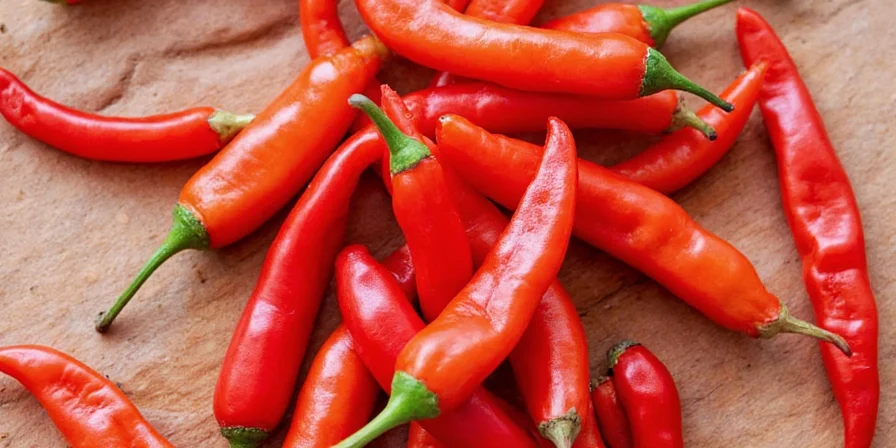
Why Thin Red Chili Peppers Vary in Heat (And How to Control It)
Understanding capsaicin distribution is crucial for heat management. The highest concentration exists in the placental membrane (the white ribs), not the seeds as commonly believed. When cooking, remove only the white membranes to precisely control heat while preserving flavor compounds in the flesh. For immediate heat reduction in over-spicy dishes, add dairy products containing casein (yogurt, milk) which binds to capsaicin molecules.
Table of Contents
- What Are Thin Red Chili Peppers?
- Flavor Profiles You Should Know
- Heat Levels: Scoville Scale Breakdown
- The Science of Heat: Why Cooking Methods Matter
- 5 Essential Cooking Tips for Thin Red Chilies
- Storage & Preservation: Keep the Fire Alive
- Common Varieties and Their Uses
- Spice Combinations That Pop
- Culinary Cultures That Love Them
- Conclusion: Spice Up Your Life!
- Frequently Asked Questions
What Are Thin Red Chili Peppers?
Thin red chili peppers refer to a wide range of small, elongated, red-colored peppers known for their intense heat and aromatic flavor. They can vary significantly depending on the region they come from and the climate they were grown in. Some common types include Thai bird's eye chilies, Mexican pequin peppers, and Indian Byadgi chilies.
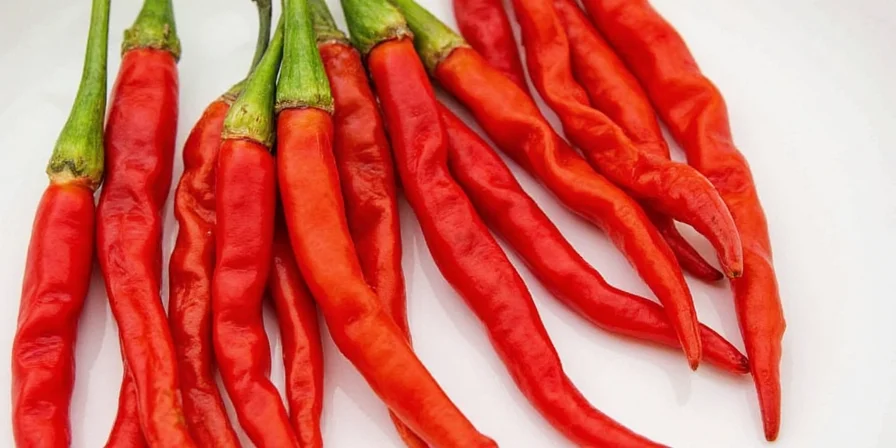
Flavor Profiles You Should Know
These little red firecrackers pack more than just heat—they bring a depth of flavor that complements both savory and sweet dishes:
- Fruity: Many varieties offer subtle berry or citrus notes.
- Earthy: Especially true for dried versions, which often carry smoky or woody undertones.
- Grassy/Green: Fresh ones may have a bright, almost herbal character before fully ripening.
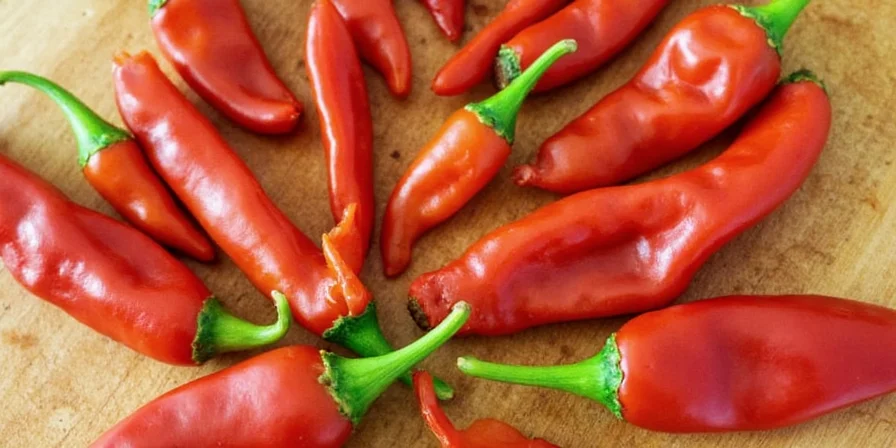
Heat Levels: Scoville Scale Breakdown
Understanding the spiciness level of your chosen pepper is crucial when cooking with thin red chilies. Here's a quick reference chart to help you decide how hot your dish might get:
| Pepper Type | Scoville Heat Units (SHU) | Best For |
|---|---|---|
| Thai Bird's Eye | 50,000–100,000 | Curries, sambals, stir-fries |
| Mexican Piquín | 40,000–60,000 | Dried sauces, soups |
| Byadgi | 30,000–50,0 sheer"> | Kerala curries, spice blends |
| Cherry Bomb | 2,500–5,000 | Stuffed peppers, mild salsas |

The Science of Heat: Why Cooking Methods Matter
Thin red chili peppers owe their fiery kick to capsaicin, a compound that behaves uniquely under different cooking conditions. This scientific understanding transforms how you control heat:
- Fat Solubility: Capsaicin dissolves in fats and oils, which is why frying chilies in oil distributes heat evenly and mellows sharpness—essential for balanced Asian stir-fries.
- Acid Neutralization: Adding acidic ingredients (like lime or vinegar) interacts with capsaicin molecules, providing a practical way to reduce perceived heat without diluting flavor.
- Drying Effects: Drying concentrates capsaicin per gram while triggering Maillard reactions that develop complex, rounded flavors—explaining why dried chilies taste fundamentally different from fresh.
- Temperature Sensitivity: Prolonged simmering breaks down capsaicin over time, offering a reliable method to mellow intense heat in sauces and stews.
5 Essential Cooking Tips for Thin Red Chilies
Cooking with thin red chili peppers doesn't have to be intimidating. Follow these smart strategies to maximize flavor and minimize tears:
- Toast them first: Dry-toasting chilies in a pan brings out deeper, nuttier flavors—perfect for mole sauces or spice rubs.
- Remove seeds wisely: Most of the heat lives in the seeds and inner membranes. Remove some or all depending on desired spice level.
- Use gloves: Capsaicin oil sticks to skin and causes burning. Gloves save your fingers—and your eyes—from accidental contact.
- Add late in the game: Fresh chilies should be added at the end of cooking to preserve their vibrant bite.
- Beware the air: When chopping or blending, turn on the exhaust fan or open a window. Fine particles become airborne and sting nostrils and eyes.
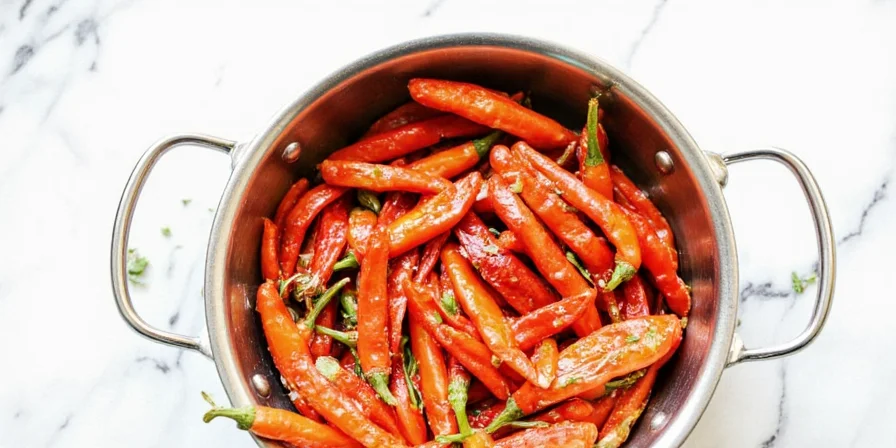
Storage & Preservation: Keep the Fire Alive
Want to enjoy the heat long after the harvest season? Try these clever preservation techniques:
- Freezing: Simply wash and dry whole peppers. Freeze them in a bag—no need to blanch. Use directly from the freezer in soups or stews.
- Drying: Hang them in a warm, well-ventilated space. Once brittle, store in an airtight container or grind into powder.
- Oil-pickling: Toss cleaned peppers in olive oil with garlic and herbs. Store refrigerated and use as a spicy condiment.
- Vinegar infusion: Boil vinegar, pour over sliced chilies, seal in jars, and store indefinitely.
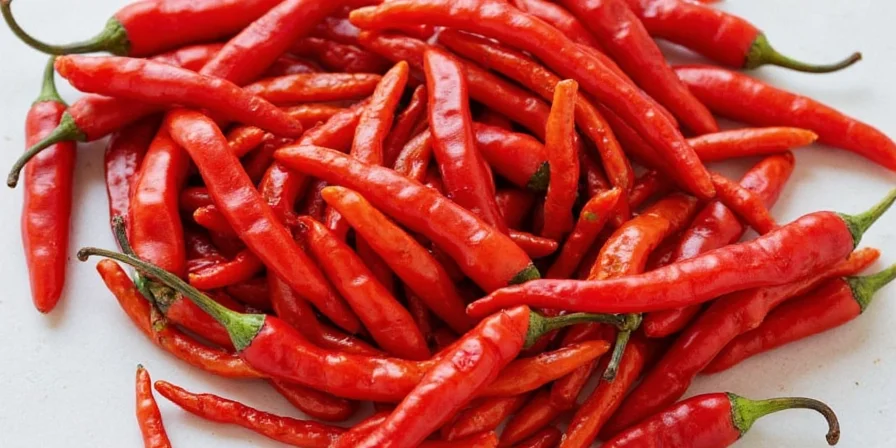
Common Varieties and Their Uses
Not all red chilies are created equal. Here's a breakdown of popular thin red chilies and where they shine:
| Variety | Origin | Flavor Notes | Best Used In |
|---|---|---|---|
| Thai Bird's Eye | Thailand | Intensely spicy, slightly sweet | Pad Thai, green curry |
| Piquín | Mexico | Nutty, peppery, smoky | Salsas, adobo sauces |
| Byadgi | India | Earthy, rich, mildly pungent | Kerala fish curry, masalas |
| Aleppo Pepper | Middle East | Fruity, moderately spicy | Marinades, flatbreads |
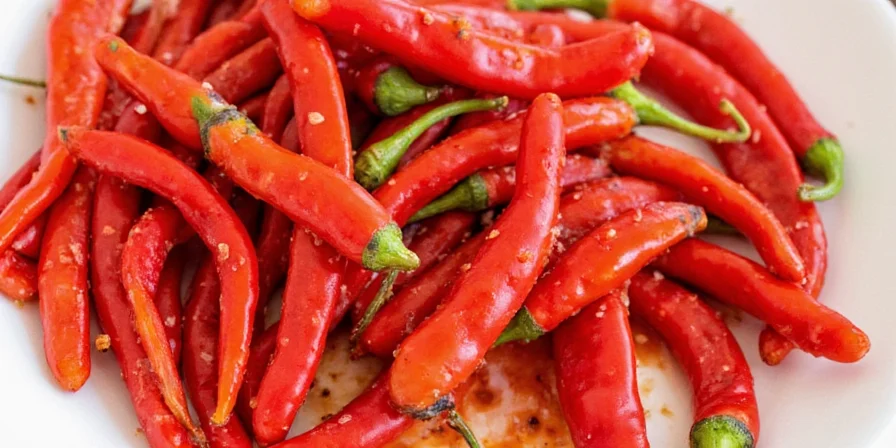
Spice Combinations That Pop
Thin red chilies play well with others. Try these winning pairings to elevate your next dish:
- Garlic + Lime + Chile: The holy trinity of Latin American salsas.
- Ginger + Turmeric + Chile: A powerful trio found in many Southeast Asian broths.
- Cumin + Cinnamon + Dried Chile: Perfect for complex North African tagines.
- Fish Sauce + Sugar + Chile: Balances umami and sweetness against fiery heat—ideal for dipping sauces.
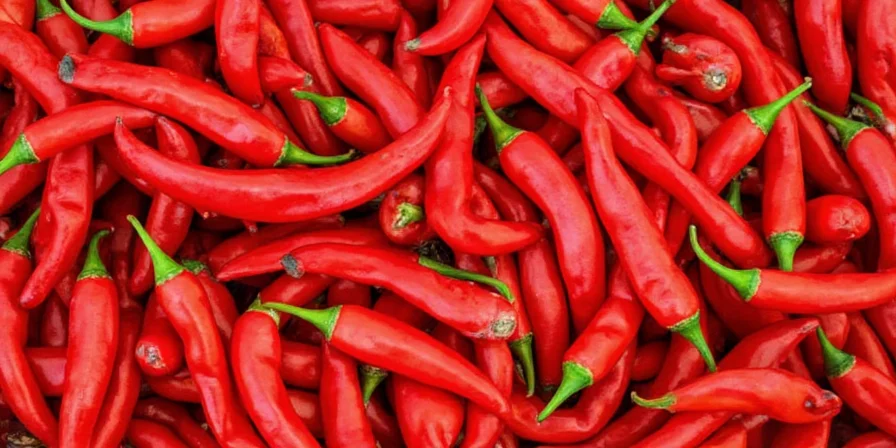
Culinary Cultures That Love Them
From street food stalls to Michelin-starred kitchens, thin red chilies are beloved around the globe:
- Thailand: Green curry, som tam papaya salad, nam prik chili dips.
- Mexico: Salsa roja, chiles rellenos, birria tacos.
- India: Vindaloo, kheema masala, Andhra-style chicken fry.
- Turkey: Turkish chili butter used in grilled meats and mezes.
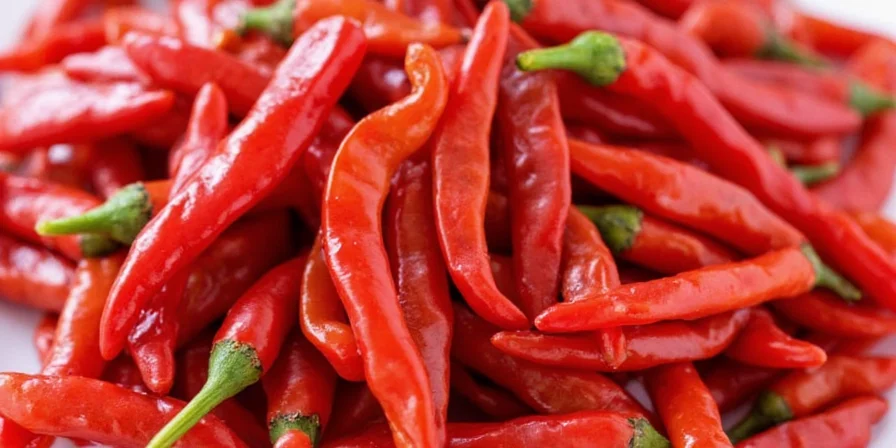
Conclusion: Spice Up Your Life!
Thin red chili peppers are more than just heat—they're a passport to bold flavors and cultural experiences. With scientific insights and practical techniques, you'll confidently wield them like a pro. Embrace the burn, and let your taste buds travel the world—one tiny red pod at a time.
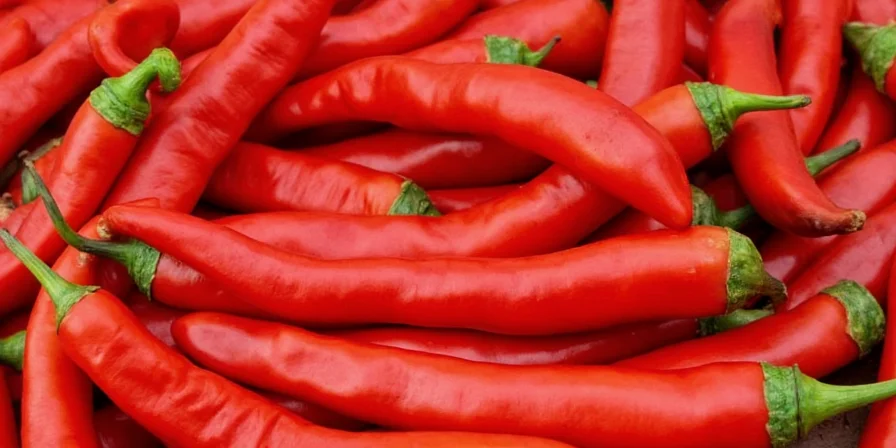
Frequently Asked Questions
How can I reduce the heat of thin red chili peppers in a dish?
Add dairy products like yogurt or milk, which contain casein that binds to capsaicin. Alternatively, balance with sugar or acidic ingredients like lemon juice.
Can I substitute dried thin red chilies for fresh ones?
Yes, but use one-quarter to one-half the amount of dried chilies since drying concentrates the capsaicin. Rehydrate dried chilies in warm water for 20 minutes before use for best results.
Why do thin red chilies vary so much in heat?
Heat levels are influenced by growing conditions such as soil composition and climate, ripeness at harvest, and genetic factors. Even within the same variety, individual peppers can exhibit significant variation.
How do I handle thin red chilies without burning my skin?
Always wear disposable gloves when handling, especially when cutting. If capsaicin contacts your skin, wash thoroughly with soap and cool water immediately. Avoid touching your face or eyes during preparation.

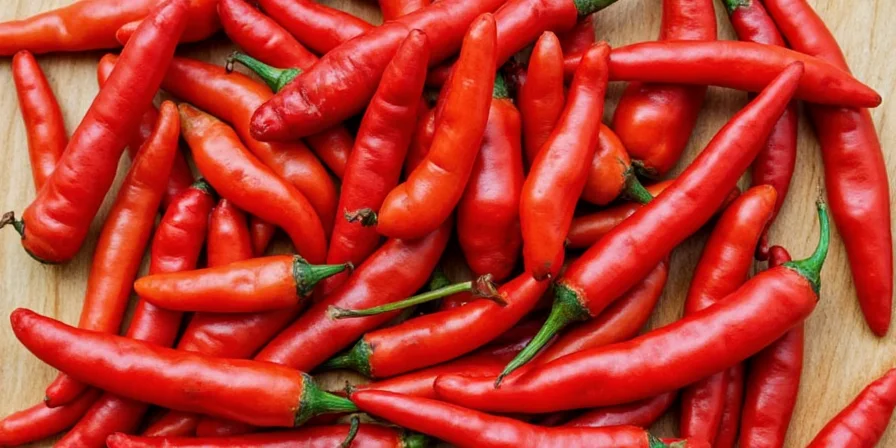









 浙公网安备
33010002000092号
浙公网安备
33010002000092号 浙B2-20120091-4
浙B2-20120091-4